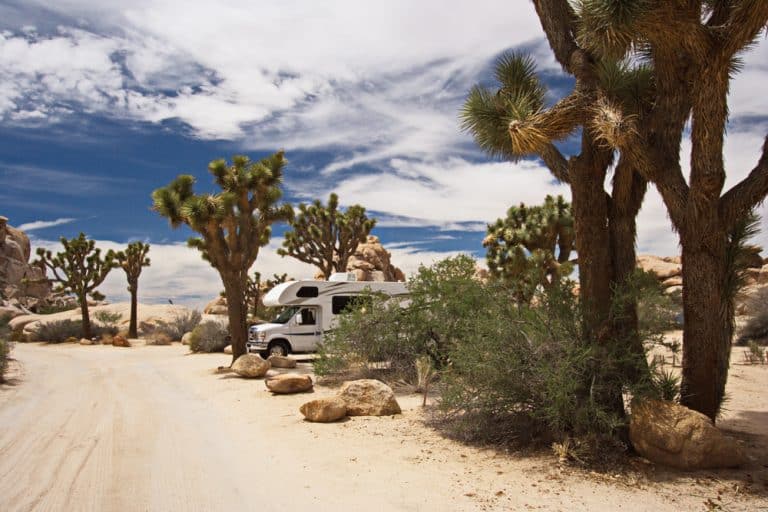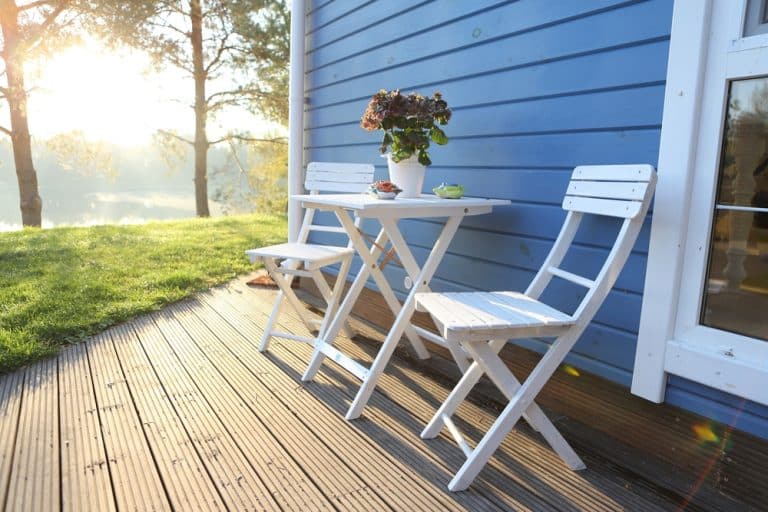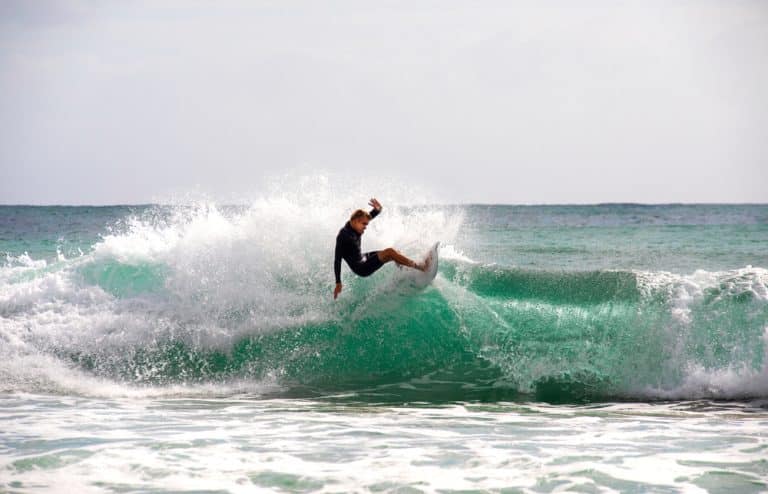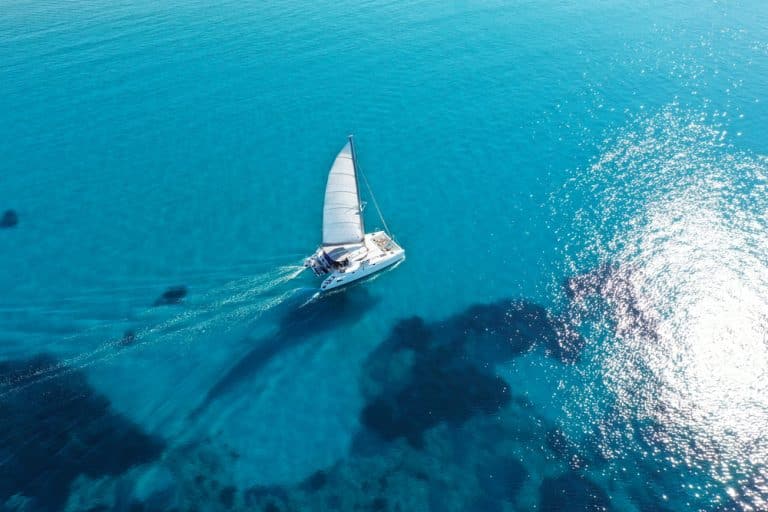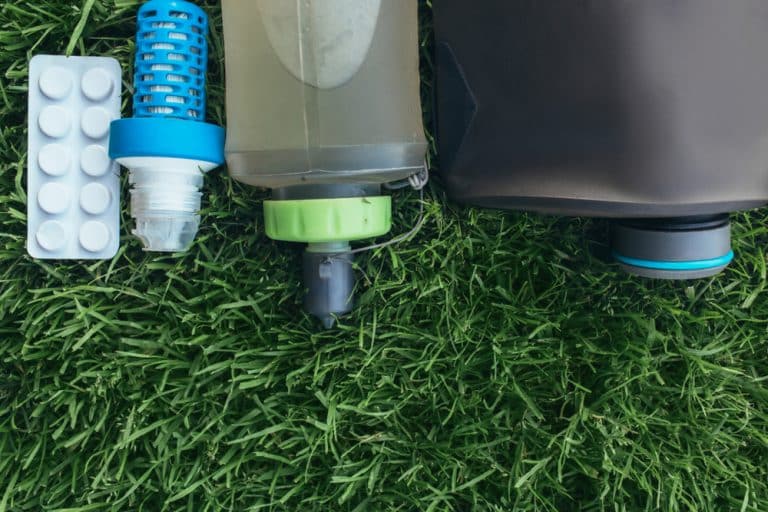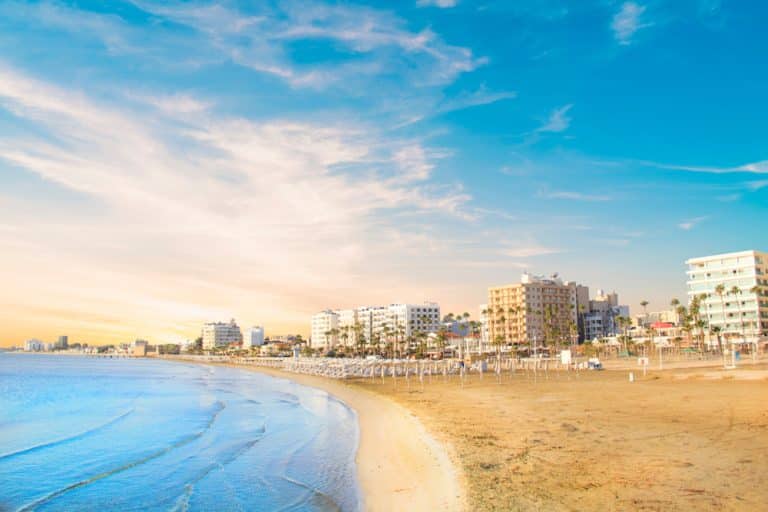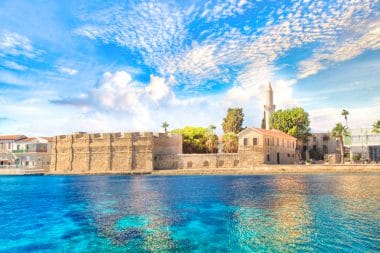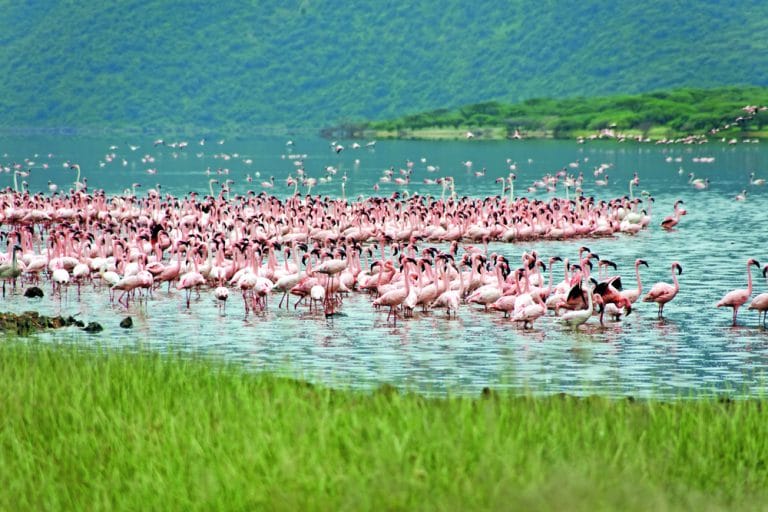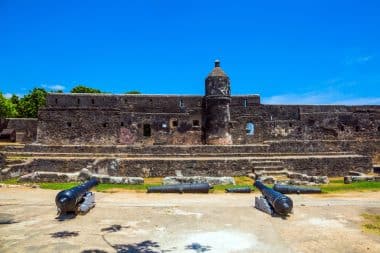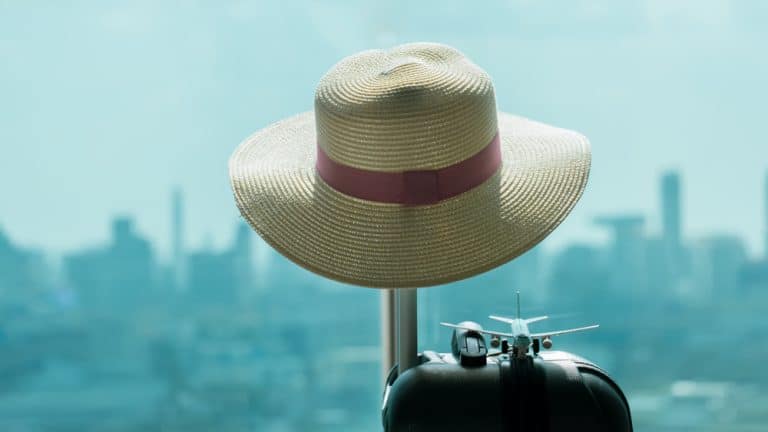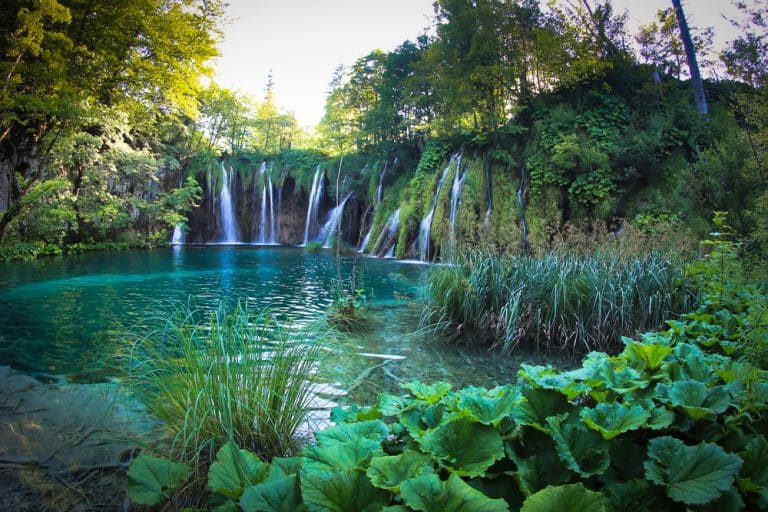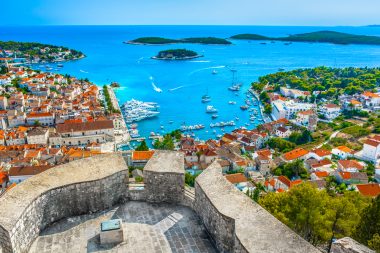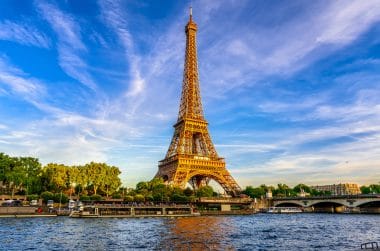Camping in the midst of unspoilt nature and in beautiful places that should not be hidden from any travel enthusiast: On a camping trip from coast to coast and on the way to the most exciting hotspots in the USA. Experience in your own individual way, the colourful and multifaceted variety of natural beauties and world-famous metropolises.
Which routes you should take so as not to miss any of the more or less well-known highlights and what you need to consider to enjoy every moment through the wide country freely and carefree, you can find out in our e-book guide “Camping trip through the States: How to make your round trip a success“.
Experience untouched natural landscapes
 On the road with a camper, you have the unique opportunity to explore endlessly wide and completely natural forest and mountain regions. Marvel at the rare fauna and flora and admire the special geological formations of North America. In the e-book you will find indispensable insider tips to experience spectacular natural spectacles, must-see spots and sensational national parks up close or to enjoy breathtaking stargazing evenings without light pollution.
On the road with a camper, you have the unique opportunity to explore endlessly wide and completely natural forest and mountain regions. Marvel at the rare fauna and flora and admire the special geological formations of North America. In the e-book you will find indispensable insider tips to experience spectacular natural spectacles, must-see spots and sensational national parks up close or to enjoy breathtaking stargazing evenings without light pollution.
With your camper, you are free to decide at any time in which direction the next camping trip section should take you. Use your independence and the boundless feeling of freedom on your camping tour to experience fascinating wonders of nature off the beaten track.
Plan your camper road trip optimally
In the e-book you will find helpful tips on how to easily rent a suitable camper, complete the camper’s equipment and find campgrounds or pitches with overview maps. You will also find out how you can use boondocking and what necessary utensils you should prepare for camping cooking. You can also find out which customs, traditions and habits need to be observed in the different regions of the USA and to which of the countless national parks you have unlimited free access with the “America the Beautiful Pass” on the pages of the camping trip guide USA.
In addition to the precise planning and organization of travel routes through the country, the intelligent road trip guide offers a lot of interesting information on the subject of “USA entry requirements”. The e-book familiarizes you with many important basics for a successful camping trip through the USA, including travel and liability insurance, the validity of your driver’s license and the application for credit cards.
Result
Informative, smartly structured and perfect in terms of content – with the clear all-rounder guide e-book and its useful guidelines, your long-awaited USA trip with the camper will be a memorable experience full of fantastic adventures and unforgettably beautiful impressions.


